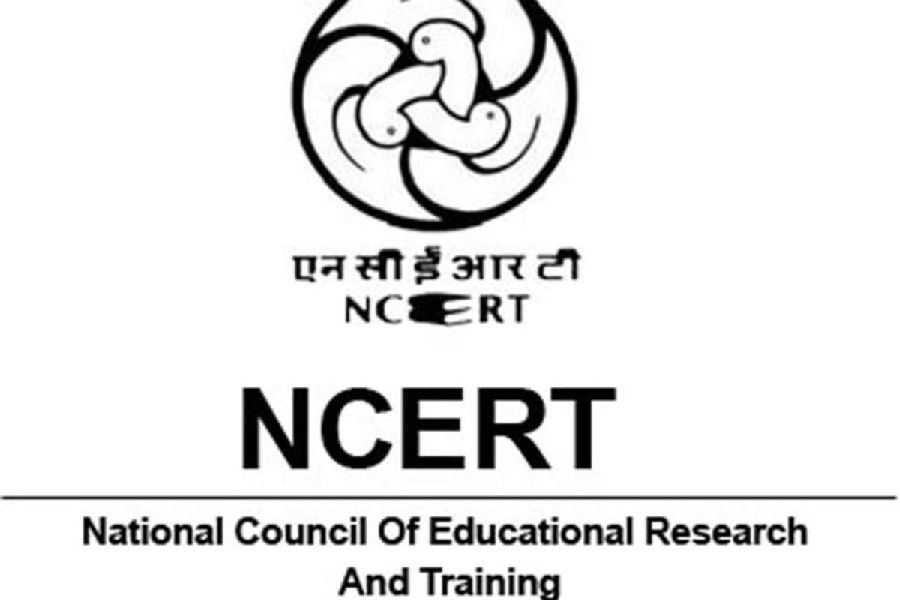 |
| Students walk out of CNLU after the examination on Sunday. Picture by Deepak Kumar |
For most candidates sitting for the Common Law Admission Test (CLAT) on Sunday, the question paper was tough. If that wasn’t bad enough, candidates have to also contend with negative marking, introduced from this year.
Komal Kumari, a student of Guru Govind Singh Public School, Bokaro, whose examination centre was at Chanakya National Law University (CNLU), said: “We had to answer 200 multiple-choice questions in the two-hour paper. The question paper of 200 marks was undoubtedly tough. With negative marking this year, we feel the cut-off will be lower than in previous years.”
According to CLAT rules, 0.25 (1/4) mark will be deducted for every wrong answer. Simply put, a law aspirant will lose a mark for every four wrong answers.
The number of students taking the test this year has gone up compared to last year. Around 1,750 students appeared for the CLAT, which was held at two centres in the state capital — Patna Science College and CNLU.
Around 950 students took the test at Patna Science College while at CNLU, the number of examinees was 800.
Last year, around 1,300 students had sat for CLAT in the state.
CNLU registrar S. P. Singh said: “The increase in number of students appearing in the CLAT indicates that law as a profession is becoming popular among youngsters.”
He added that based on the CLAT score, admission takes place to 14 law universities.
According to sources, for admission to these 14 law universities the contest is for around 1,700 seats and this year at least 40,000 students took the CLAT.
Shreyashi Dubey, whose examination centre was at Patna Science College, said: “Law as a profession has gained popularity in the past few years. It is not limited only to bars but private companies also require law graduates as legal advisers.”
The CLAT tests proficiency of a student in the English language, general knowledge and current affairs, elementary mathematics (numerical ability), legal aptitude and logical reasoning.











